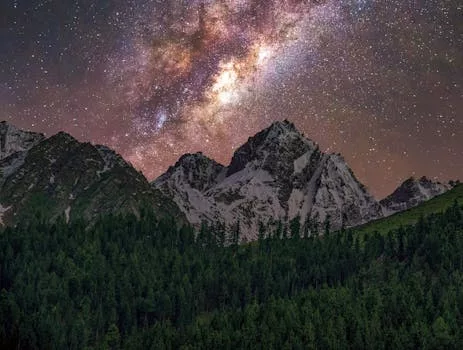
“
Beyond the Milky Way: Imagining New Worlds and Possibilities
Introduction to the Cosmos
Beyond the Milky Way: Imagining New Worlds and Possibilities is a journey that takes us to the farthest reaches of the universe, exploring the mysteries of space and time. As we venture beyond our galaxy, we enter a realm of uncharted territory, where new worlds and possibilities await discovery. The Milky Way, our home galaxy, is just one of billions of galaxies in the observable universe, each containing billions of stars and planets. The potential for life-supporting planets and the discovery of exoplanets has sparked intense interest in space exploration and the search for extraterrestrial life.
Exploring the Galaxy
The Milky Way is a barred spiral galaxy, consisting of hundreds of billions of stars, stellar remnants, interstellar gas, dust, and dark matter. At the center of the galaxy lies a supermassive black hole, with a mass of approximately four million times that of our sun. The galaxy is thought to be about 100,000 light-years in diameter, with our solar system located in one of its outer spiral arms. As we explore the galaxy, we find a diverse range of celestial objects, including star clusters, nebulae, and black holes.
Discovering New Worlds
Beyond the Milky Way, we enter a vast expanse of intergalactic space, where galaxies and galaxy clusters stretch out as far as the eye can see. The discovery of exoplanets, planets that orbit stars other than our sun, has opened up new possibilities for the search for life beyond our galaxy. With the help of advanced telescopes and space missions, such as the Kepler Space Telescope and the Transiting Exoplanet Survey Satellite (TESS), we have discovered thousands of exoplanets, ranging from small, rocky worlds to large, gas giants. The study of exoplanet atmospheres and the detection of biosignatures, signs of biological activity, are crucial steps in the search for life beyond our galaxy.
Imagining New Possibilities
As we explore the universe and discover new worlds, we are forced to reconsider our place within the grand scheme of things. The possibility of extraterrestrial life raises fundamental questions about the origins of life and the potential for intelligent life to exist elsewhere in the universe. The discovery of exoplanets and the study of their properties has sparked debate about the possibility of human colonization and the establishment of permanent settlements beyond our galaxy. The search for life beyond our galaxy is an ongoing endeavor, with scientists and philosophers alike exploring the implications of such a discovery.
Takeaways
- The Milky Way is just one of billions of galaxies in the observable universe, each containing billions of stars and planets.
- The discovery of exoplanets has opened up new possibilities for the search for life beyond our galaxy.
- The study of exoplanet atmospheres and the detection of biosignatures are crucial steps in the search for life beyond our galaxy.
- The possibility of extraterrestrial life raises fundamental questions about the origins of life and the potential for intelligent life to exist elsewhere in the universe.






